I am studying a white paper from Intersil/Renesas for a load switch IC ISL7x061SEH PMOS and SL7x062SEH NMOS. In the chips block diagram I see a block called "body dragger" that I don't understand, and it is not mentioned again in the paper or generally online. See a screenshot of the block diagram below:
I can see that the block appears to be connected to the transistor body where typically a MOSFET transistor body is internally tied to source or drain for N channel or P channel MOSFETS, giving rise to the body diode. I can only assume this "body dragger" is performing some fancy channel control, but I don't have a good idea of what or how.
Can anyone help me better understand?
Thank you for your help!
